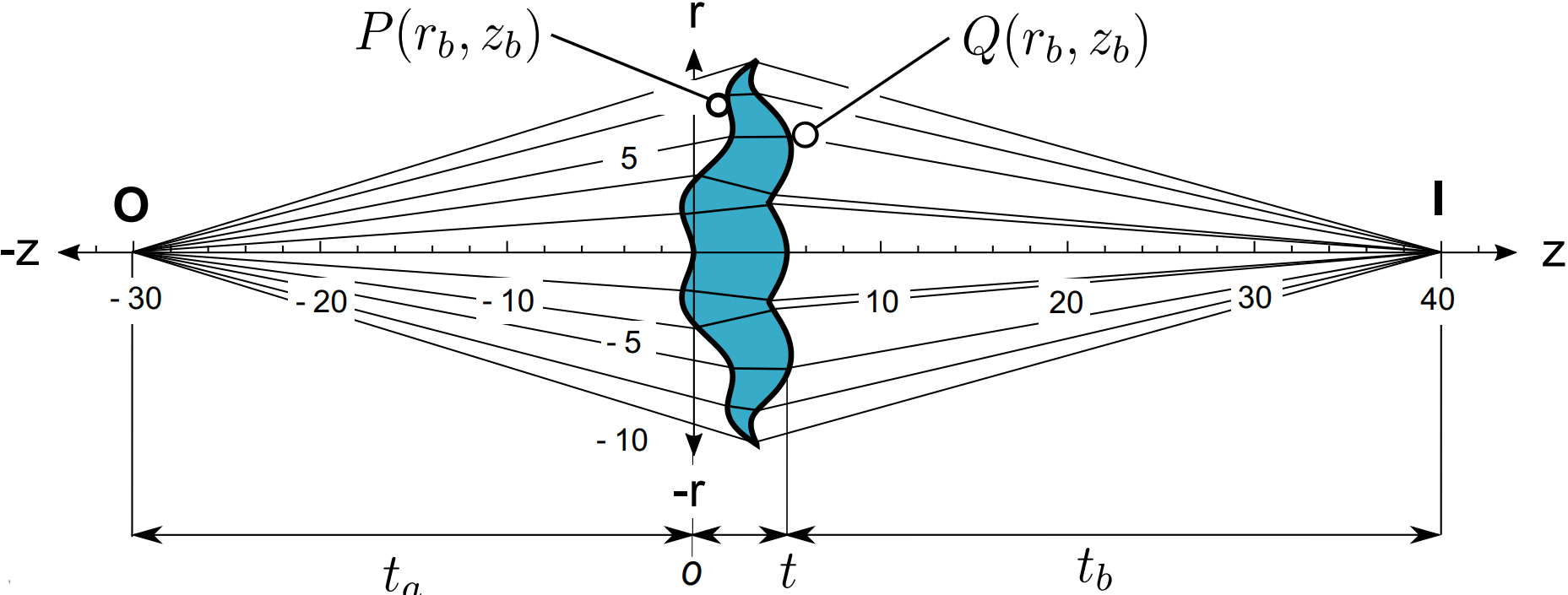NeonKnight
Established
https://gizmodo.com/a-mexican-physicist-solved-a-2-000-year-old-problem-tha-1837031984
How long until we see this in new products? How do you all think it affects the premium brands?
How long until we see this in new products? How do you all think it affects the premium brands?


